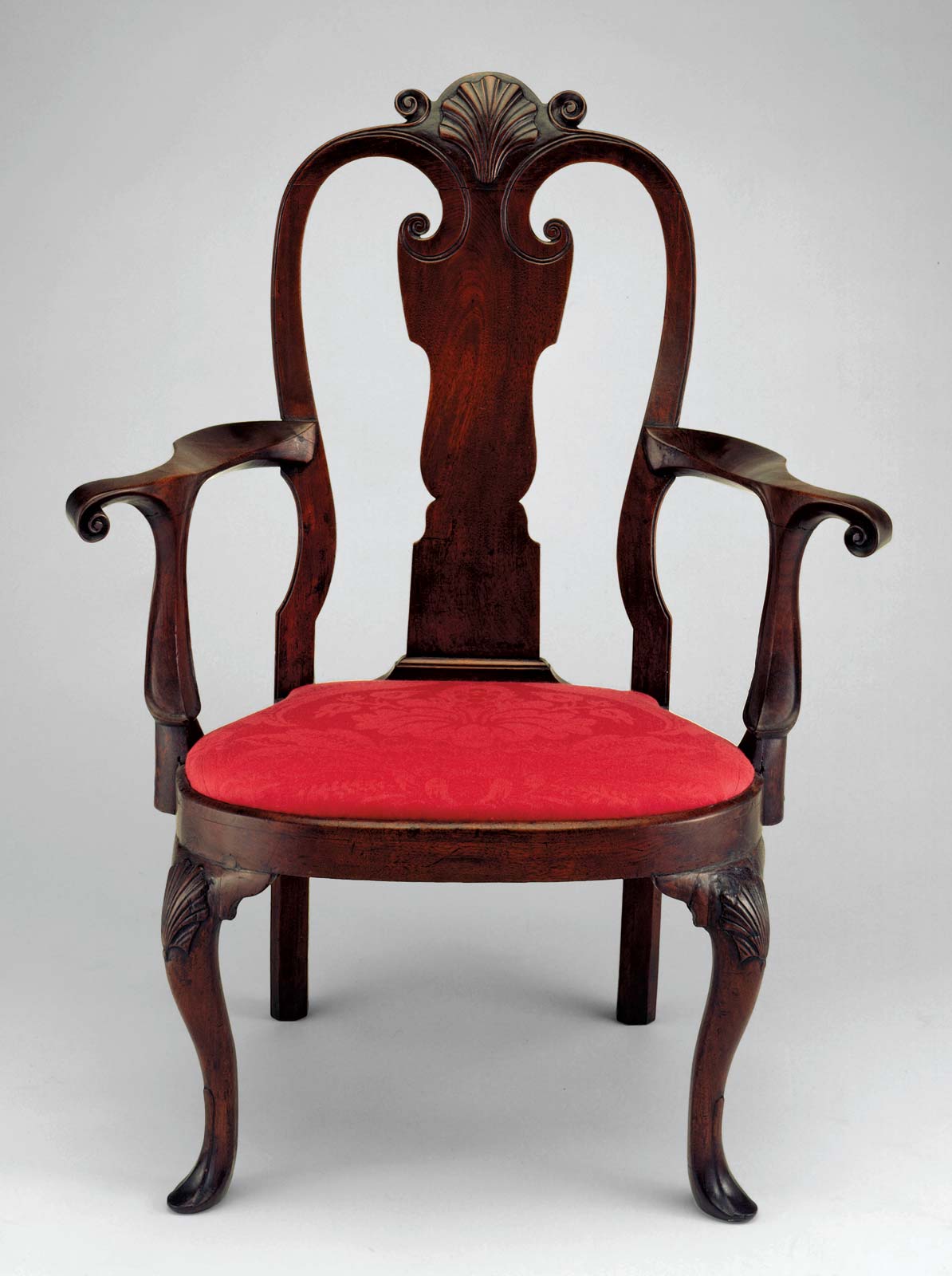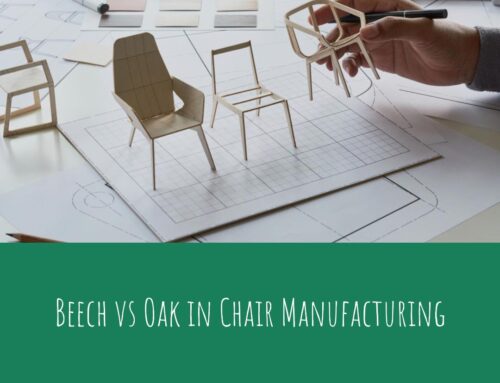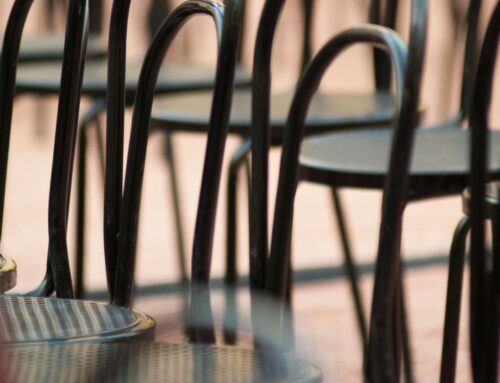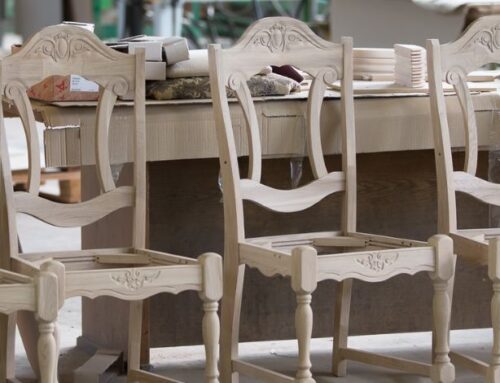Chair designs through the ages reflect changes in materials, technology, and society
Sitting through history: Chair designs through the ages reflect changes in materials, technology, and society
If furniture could talk, a chair might just sit you down and say, “My great-great-grandfather, a stool, once told me, ‘Son, you don’t know what it’s like to have only three legs.'”
Believe me, if a chair talked to me like that, I would pull up a seat and pay attention. For that matter, if my teachers had used furniture to teach history instead of endless pictures of men with excess facial hair, a lot more would have stuck. I might actually know my federalists from my confederates.
Recently, I found hope for my wanting history knowledge in a new book about furniture.
“The Furniture Bible: Everything You Need to Know to Identify, Restore and Care for Furniture” (Artisan Books, Nov. 2014), opens with a history of the world as seen through chairs from the 5th Century through today.
Author Christophe Pourny, a French-born, New York-based furniture expert, whom, you may recall, helped me rescue my 200-year-old chest from the depths of the mold a couple of weeks ago, was a history major in college.
“Chairs are a perfect way to illustrate the different periods of history,” said Pourny, who regularly tends to George Washington’s writing desk. “The chair is witness to the evolution of interiors, technical progress, materials, and society.”
In chapter one, “Meet Your Furniture,” Pourny takes a Darwinian view of the humble chest.
At first, chests, also called coffers, were simple wooden boxes with lids, he notes. They eventually got handles, to help people tote stuff around since cardboard boxes were in short supply in the 1100s. Later, in medieval times, someone had the bright idea to add feet to chests to raise them off the ground and protect their contents from dampness and rodents.
During the Renaissance, another thinking person converted the chest’s front panel into one large drawer. This development cut the number of herniated discs at that time in half.
Next, chests added multiple drawers, hence the term “chest of drawers.” Bing!
Since chairs also were coming along nicely, chests no longer needed to double as benches, so they grew to waist height. That’s right. Women no longer had to stick their fannies in the air to get a quilt.
By the 17th Century, the chest of drawers became what we know today and is often called a dresser.
If you don’t love this story, there is something wrong with you.
“Over the centuries, furniture has evolved from the simple archetypal forms addressing only the most bare-bones needs to increasingly decorative pieces that reflected shifting political powers and tastes of sovereigns, to the domestication and eventual democratization of society,” said Pourny, as I fell under his spell.
Then I sat back and let him tell me an amazing little tale about history and chairs.
Timeline of the chair:
- Pre-12th Century: Seats were primarily three-legged stools or benches. They were primitive, crudely made, and purely functional.
- 12th-15th centuries: Seats added backs and four legs to become chairs. Gothic styles influenced furniture, which was often carved. High-backed and very straight cathedral chairs were typical.
- 16th- 17th centuries: As the Renaissance thrived, chairs became more refined, lighter, more comfortable, and more decorative. Looks became as important as function. The church was no longer the only patron of the arts; noblemen were, too. But European kings, particularly the French line of Louis XIII, XIV, XV, wielded the greatest influence. Louis XIV introduced luxurious ornamentation, veneers, rich fabrics, exotic wood, stones, gold, and silver.
- 18th Century: This period took that richness and formality even further. Monarchs ushered in Rococo forms, curved lines, floral decorations, and even more ornamentation. Instead of owning just one kind of chair, the middle and upper classes now had several kinds of seating: stools for perching, dining chairs, side chairs, armchairs, a low bench by the fire.
- 19th Century: After the French Revolution, the Napoleonic Empire emerged. Heavy, straight neoclassical lines replaced Rococo frippery. Large, Empire chairs became popular. Around mid-century, the Victorian era took hold, with its opulent displays of wealth. This period became known for its heavy fabrics, like velvet, in dark colors, such as red and green. The counterpart to this style in America was the Federal movement, a colonial classical look.
- 20th Century: No longer associated with sovereigns, furniture design came into the hands of the people. The century started with mission and arts and craft styles. Chairs’ severe lines were a reaction to Victorian excesses and reflected industrialism. Art nouveau, modernism, art deco and Bauhaus followed. After World War II, mid-century modernism took off. Its function first, forthright, minimalist look fit the nation’s mood. Chairs were light and sleek and featured new, inventive materials: molded plywood, plastic, and chrome.
From primitive stools to the opulent chairs of kings, through austere chairs of the post-war, all these are important seats of history, which I will never see the same way again.
Source: http://www.nola.com/






